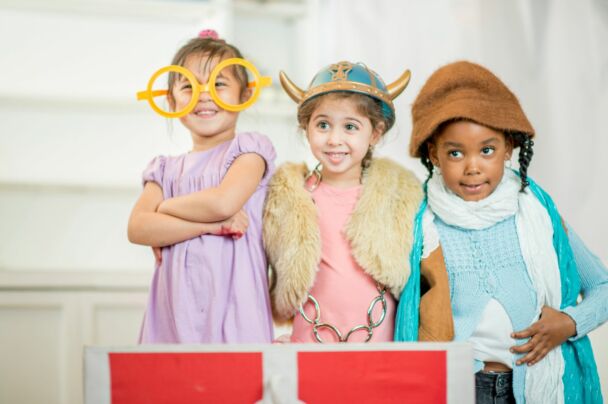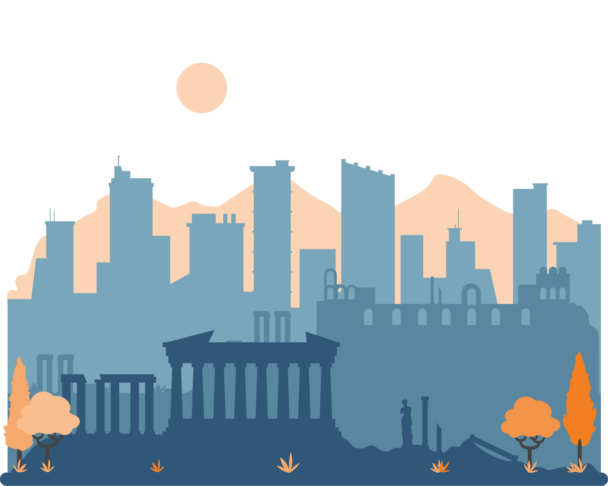Description
Theater in education can be considered one of the few subjects that teach the child how to participate in democratic life. Acting allows the child to develop feelings of empathy and respect towards other members of the community; it also allows for self-observation and emotional and cognitive understanding of problems.
For this reason, theatrical education and dramatic play are important parts of children’s educational path.
In this course, participants will learn the most important steps to create a theatrical production together with their students. This creative process is innovative in that the pupils are the main protagonists of all the developmental stages of the play (theatrical activity).
After participating in a series of activities to strengthen the group’s feelings, teachers will be able to understand the techniques of collective writing that will be used to choose the title and storyline. They will learn how to assign the main theatrical roles according to the child’s developmental stage, and to use the stage elements (scenography, props, costumes).
Finally, course participants will obtain the tools required to effectively coordinate a play, while promoting the importance of critical analysis.
In this journey, the participants will learn to create a series of playful activities with the aim of promoting a sense of mutual trust and freedom from one’s own boundaries within a group and at the same time, developing the ability to collaborate with others, stimulating self-expression and communication, and encouraging creativity through imagination.
What is included
Learning outcomes
The course will help the participants to:
- Create and supervise a play;
- Learn practical storytelling techniques;
- Understand the role of theater in the development of children;
- Introducing the role of the critic in theatrical performances;
- Resolve conflicts and encourage participation and cooperation in your class;
- Manage and reduce inequalities through a play;
- Promote the values of inclusion, tolerance, and solidarity among your pupils;
- Introduce theatrical play as an expressive tool that promotes creativity;
- Use games to stimulate your pupils’ self-expression and self-awareness.
Tentative schedule
Day 1 – Course introduction and games to foster participation
- Introduction to the course, the school, and the external week activities;
- Icebreaker activities and warm-up games;
- Games to present and introduce oneself;
- Games to foster participation and the sense of the group;
- Presentations of the participants’ schools.
Day 2 – Introduction to storytelling
- Warm-up games;
- Introduction to storytelling;
- Choosing the title and storyline of the play.
Day 3 – Theater roles and child development
- Theater roles and the developmental stages of the child;
- From the story to the script;
- Assigning the theatrical roles.
Day 4 – Stage elements and rehearsal
- Stage elements (scenography, props, costumes);
- First rehearsal.
Day 5 – Let’s start acting
- 1,2,3… action! Raise the curtain;
- The role of the critic in the creative process of the theatrical performance;
- The evolutionary theatre system by stages.
Day 6 – Course closure and cultural activities
- Course evaluation: round-up of acquired competencies, feedback, and discussion;
- Delivery of the Certificates of Attendance;
- Excursion and other external cultural activities.



